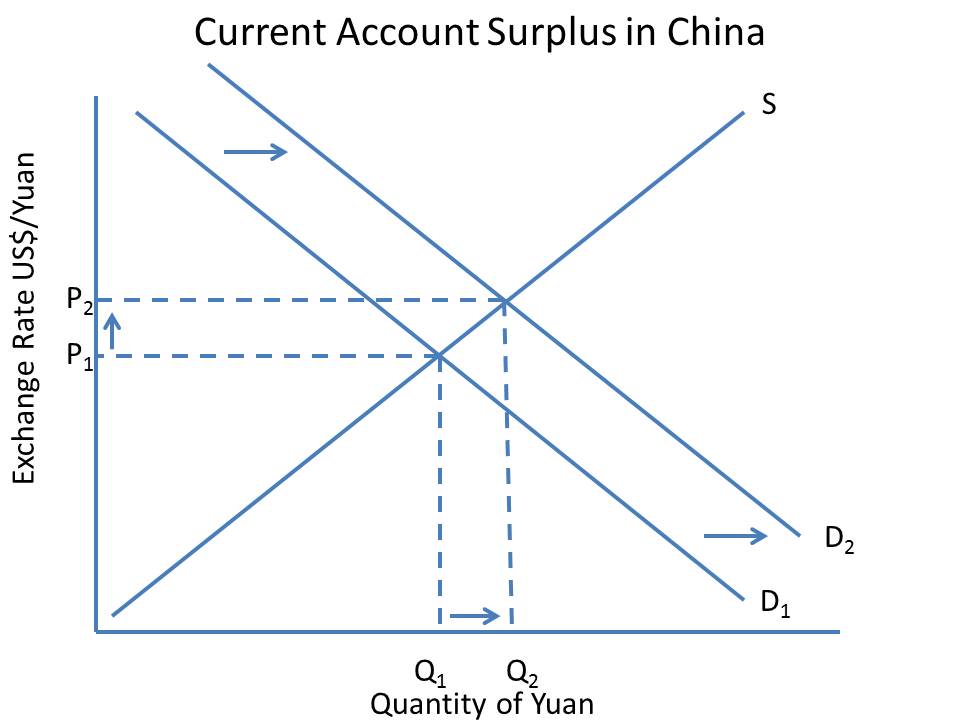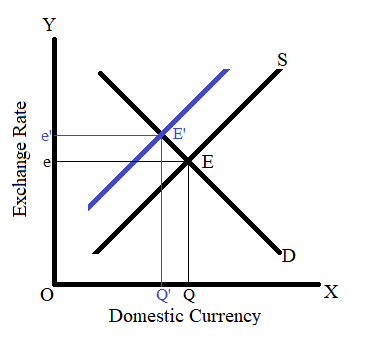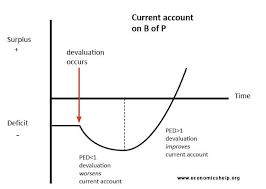Ch 27 - Balance of Payments
Balance of payments: record financial transcripts made between consumers, businesses and the government in one country with others
Tells us how much is being spent by consumers and firms on imported goods and services
Debit: payments
Credits: receipts
Components of BOP: total current account must balance with total of capital and financial accounts
Capital account:
Capital transfers
Non-financial asset transfers
Financial account:
Direct investments
Portfolio investment
Reserve assets
Formula: → Capital account + Financial account = current assets
Current transfers: transfers of money where nothing is received in return
Non-financial asset transfers: purchase or use of natural resources that have no been produced
Capital transfers: debt forgiveness, non-life insurance claims and investment grants
Reserve assets: foreign currencies purchased to be used by the central bank in its monetary policy
Portfolio investment: purchase of shares and bonds
Direct investment: investment in physical capital usually undertaken by multinational corporations
Current account:
Current account balance: sum of capital account and financial account balances
Current account surplus: indicates that the country is a net leader to the rest of the world.
if Current account is large, then the country is a major exporter

Current account deficit: the country is a net borrower to the rest of the world
a. causes a downward pressure on the exchange rate and the relative value of the currency will decrease
b. currency should depreciate, will rectify the deficit as exports become cheaper relative to imports.
c. interest rates increase and encourage foreign direct investment, many reduce domestic investments
d. demand management: to rebalance the account deficit, which resolves account deficit

Effects:
Appreciation: as exports increase, demand for the currency increases and the value of the currency increases
Reduced export competitiveness: currency appreciates, in a floating exchange rate, exports become comparatively more expensive as demand for exports fall
Lower domestic consumption and investment: currency appreciates, imports will become more affordable compared to domestic products so consumption of domestic products falls
The appreciation can also deter foreign investment from abroad as it becomes more expensive
To reduce account deficit:
Expenditure switching policies: devaluing exchange rate, tariffs and policies to reduce inflation
Expenditure reducing policies: policies aim to reduce the real spending of consumers
Supply-side policies: to improve the country’s productivity in order to improve its exports competitiveness
Marshall Lerner condition: states that currency devaluation will only lead to an improvement in the balance of payments if the sum of demand elasticity for imports and exports is greater than one

Point in PED < 1: demand for imports and exports will remain fairly elastic
Point in PED > 1: demand for imports and exports becomes more elastic
 Knowt
Knowt
